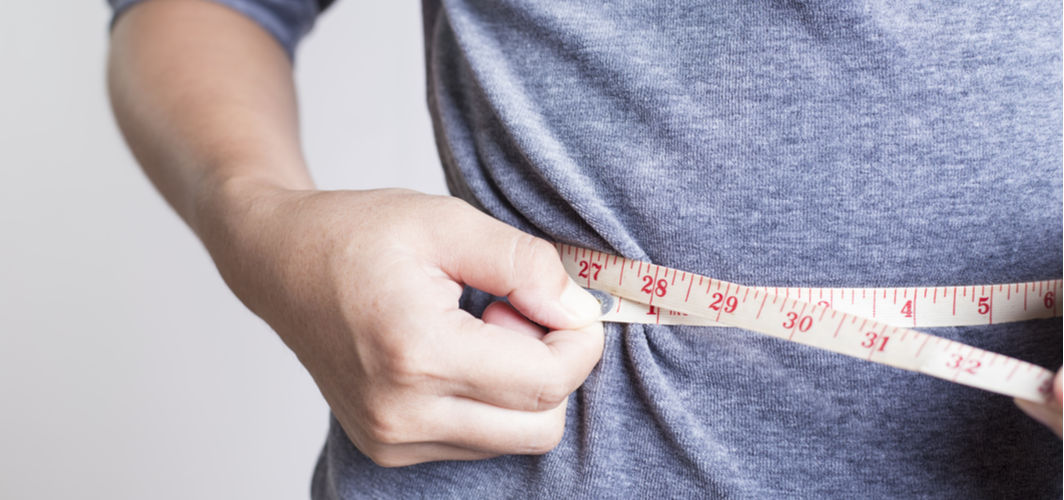Diabetes Management
Does Gestational Diabetes Lead to Type 2 Diabetes?
3 min read
By Apollo 24/7, Published on - 17 November 2020, Updated on - 28 August 2023
Share this article
0
0 like

What causes gestational diabetes?
Risk factors for developing gestational diabetes
- Being overweight
- A parent or sibling having type 2 diabetes
- Previous pregnancy with gestational diabetes
- Previous childbirth where the weight of the baby was over 4.5kg
- Having prediabetes (sugar levels more than normal but not as high as diabetes).
What are the symptoms of gestational diabetes?
- Increased thirst
- Frequent urination
- Dry mouth
- Fatigue
Does gestational diabetes turn into type 2 diabetes later on?
Conclusion
Diabetes Management
Consult Top Diabetologists
View AllLeave Comment
Recommended for you

Diabetes Management
A Healthy Weight is Key to Better Blood Sugar Control
Maintaining a healthy weight is crucial for better blood sugar control. Excess weight can contribute to insulin resistance and difficulty managing blood sugar levels. By adopting a balanced diet, engaging in regular physical activity, and maintaining a healthy weight, individuals can improve insulin sensitivity and enhance their ability to manage blood sugar effectively.

Diabetes Management
The Dangers of Diabetic Ketoacidosis
Diabetic ketoacidosis (DKA) is a life-threatening complication of diabetes characterized by high blood sugar, dehydration, and acidosis. It can lead to organ failure, coma, and even death if not treated promptly. Symptoms include excessive thirst, frequent urination, and fruity breath odour. Immediate medical attention is crucial to treat DKA and restore electrolyte balance.

Diabetes Management
Continuous Glucose Monitoring: How Does it Help?
CGM is a device that helps individuals with diabetes track their glucose levels continuously. A tiny sensor is inserted under the skin to measure glucose in the interstitial fluid. It helps individuals monitor glucose levels throughout the day and night, thereby allowing them to improve their HbA1c levels, reduce hypoglycemia events, and assess the impact of diet and exercise on glucose levels.
Subscribe
Sign up for our free Health Library Daily Newsletter
Get doctor-approved health tips, news, and more.
Visual Stories

8 Fruits That are Incredibly Healthy for Diabetes
Tap to continue exploring
Recommended for you

Diabetes Management
A Healthy Weight is Key to Better Blood Sugar Control
Maintaining a healthy weight is crucial for better blood sugar control. Excess weight can contribute to insulin resistance and difficulty managing blood sugar levels. By adopting a balanced diet, engaging in regular physical activity, and maintaining a healthy weight, individuals can improve insulin sensitivity and enhance their ability to manage blood sugar effectively.

Diabetes Management
The Dangers of Diabetic Ketoacidosis
Diabetic ketoacidosis (DKA) is a life-threatening complication of diabetes characterized by high blood sugar, dehydration, and acidosis. It can lead to organ failure, coma, and even death if not treated promptly. Symptoms include excessive thirst, frequent urination, and fruity breath odour. Immediate medical attention is crucial to treat DKA and restore electrolyte balance.

Diabetes Management
Continuous Glucose Monitoring: How Does it Help?
CGM is a device that helps individuals with diabetes track their glucose levels continuously. A tiny sensor is inserted under the skin to measure glucose in the interstitial fluid. It helps individuals monitor glucose levels throughout the day and night, thereby allowing them to improve their HbA1c levels, reduce hypoglycemia events, and assess the impact of diet and exercise on glucose levels.